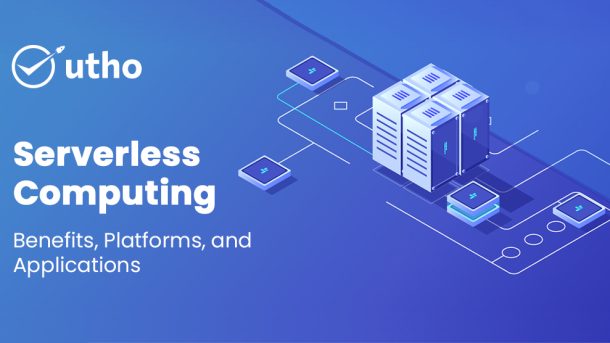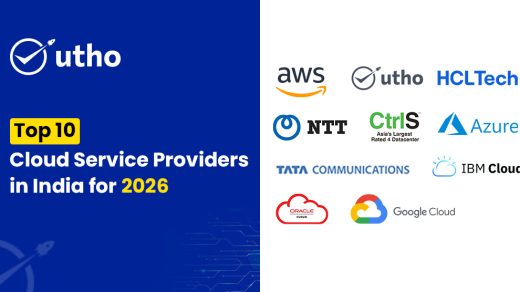Serverless computing, the latest technology making waves in public cloud environments, is being touted as disruptive to software engineering. It promises to remove the work's complexity. This will allow developers to focus on functionality and user experience. The temptation is to stop providing infrastructure for variable workloads. And to avoid the costs of downtime. But, it is wise to remain skeptical. Not all that glitters is gold.
What is serverless computing?
Serverless computing is a form of cloud computing where users do not need to set up servers to run their backend code. instead, they can use the services on demand. In this model, the cloud service provider takes care of server management and allocates machine resources dynamically. Charges are based on actual resources used by the application, not pre-purchased capacity units. But, it is important to note that serverless does not mean running applications in the cloud. You still use hardware.
Decoding Serverless Computing
Serverless computing is also called Function as a Service (FaaS). It is a big change in cloud computing. It is closely related to the open-source movement. This allows companies to move away from managing virtual back-end machines. They can focus more on application development.
This shift is critical to implementing flexible strategies to meet changing customer needs. In serverless setups, both in private clouds and elsewhere, operations are complex. They are hidden. It lets companies deploy serverless operations securely. They can do this in their private cloud. This balances control, privacy, and efficiency.
Why serverless computing is gaining popularity
Serverless computing has gained attention for good reasons. This concept has been adopted by public cloud service providers to solve specific challenges and is becoming increasingly popular.
Imagine you only need to run a custom app or API service in the cloud a few times a day. Traditionally, this involves setting up a virtual machine (VM). You then install the necessary software, deploy code, and set a timer. Scaling this approach to manage thousands of such applications becomes expensive and difficult.
Consider using shared cloud resources. You can run your own code in popular programming languages. You can trigger events without managing virtual machines. This serverless setup offers high availability and flexibility. It is great for today's web apps based on volatile microservices. By using a serverless architecture, companies can greatly optimize resource use. This also reduces costs.
How does serverless work?
Serverless computing provides background services on demand. Users can write and deploy code without managing the underlying infrastructure.
In this model, background functions are separate pieces of code. They stay inactive until certain functions trigger them. The serverless provider allocates resources when the server starts. It does so dynamically to ensure a smooth transition. This flexibility allows platforms to scale automatically. They optimize resource usage and costs based on actual demand.
As businesses adopt cloud-based approaches, serverless architectures are becoming more common. Major cloud providers such as AWS and Microsoft Azure offer strong serverless computing. This makes it easier for businesses to adopt this technology.
Key Elements of Serverless Computing
Serverless Computing has several key components that define its paradigm:
Function as a Service (FaaS)
FaaS handles infrastructure maintenance. It lets developers focus only on coding, not on servers.
Event-driven architecture
Serverless computing applications respond to triggers. These triggers are events like user actions, database updates, or IoT signals.
Auto-scaling
Serverless platforms adjust resources based on demand. They do this to boost performance and avoid under- or over-use.
Built-in Availability and Fault Tolerance
Serverless architectures are fault-tolerant, ensuring that applications remain available without developer intervention.
No Server Management
Cloud service providers manage serverless computing infrastructure. They also free developers from server management.
Pricing based on usage
Costs are based on the actual resource cost of the activities. This promotes cost efficiency.
Spaceless
Serverless operations maintain no space between executions, simplifying scalability and management.
Integrated development and deployment
Serverless platforms provide built-in services for CI/CD. They simplify the development lifecycle.
Ecosystem and Community
Serverless has many tools and frameworks. They support different parts of app development and deployment.
These elements define a serverless computing model. It gives flexibility, scalability, and cost savings to modern cloud apps.
Benefits of Embracing Serverless Computing
- Adaptive Scalability: Serverless architecture excels in environments with unpredictable demand. It scales resources dynamically, optimizing efficiency by adjusting to changing needs.
- Empowering Developers: By eliminating server management tasks, serverless computing fosters innovation and rapid application development. This reduction in administrative burdens accelerates time-to-market for new features and services.
- Cost Efficiency: Serverless computing aligns costs closely with actual usage, eliminating expenses associated with idle resources. This approach supports lean operations and sustainability goals.
- Simplified Operations: Removing hardware management responsibilities streamlines operational processes. This simplification enhances efficiency, reducing the likelihood of human error.
Navigating Challenges with Serverless Computing
- Monitoring and Debugging: The lack of direct server access requires new approaches to monitor and manage application performance. Implementing robust monitoring tools becomes crucial.
- Security and Compliance: Depending on third-party providers necessitates the rigorous evaluation of data security and compliance measures, especially for industries with regulatory requirements.
- Vendor Lock-In: Adopting serverless models may tie businesses to specific cloud providers, complicating transitions to alternative services or multi-cloud strategies.
- Resource Constraints: Applications with high resource demands may face limitations in serverless platforms. Hybrid approaches might be necessary to manage resource-intensive tasks effectively.
When Serverless Might Not Be the Best Fit
Serverless computing has many advantages. But, it is not always the best choice. Here are some scenarios where serverless may not be suitable:
High-performance applications
Serverless architectures can struggle with applications that require consistent, high computing power, such as complex scientific simulations or intensive computing tasks.
Long-running processes
Serverless platforms usually impose execution time limits. Long processing times may cause problems for slow applications due to these limitations.
Custom Computing Environments
Some applications require specific custom environments that serverless platforms may not well support. This limitation may limit customization options and control of the environment.
Cost Predictability Challenges
Serverless can save costs for occasional workloads. But, for apps with high and steady traffic, it can cost more than regular hosting. Cost forecasting and management can be difficult under these conditions.
Integrating Legacy Systems
Integrating serverless architectures with old legacy systems is hard. It can need big reengineering efforts. Sometimes, this approach isn't practical or cost-efficient.
Data-intensive workloads
Apps that continually process lots of data can have high data transfer costs. This is true in a serverless environment. These costs can be prohibitive.
Understanding these limits helps decide if serverless computing is right for an app. It helps with the app's needs and operations.
Myths About Serverless Computing
Serverless computing is not about running without infrastructure, despite its misleading name. It contains software components that run on the underlying hardware. Unlike traditional cloud VMs, you pay for them even when they are not in use. In contrast, serverless platforms only pay for actual usage, usually for a short time. But, this is not suitable for all business needs.
It is common to confuse serverless with Platform as a Service (PaaS). This is because both use a common infrastructure. Serverless is designed for specific events. PaaS provides broader services, such as email, databases, and security.
Pricing models also differ
PaaS services can be permanent, while serverless operations can be short-lived. Public cloud providers are adapting. They are doing this by redesigning or adding serverless features to PaaS offerings.
Who Should Consider Serverless Architecture?
Developers want to quickly market and build flexible, adaptive applications. These apps must be easy to scale or upgrade. They can gain a lot from serverless computing.
Serverless architectures are cheap when use varies. Peaks switch with minimal traffic. Traditional server facilities need to run all the time regardless of demand. In contrast, serverless facilities start when needed and do not cost extra.
Also, developers want to cut latency by putting app parts near users. They may need a partly serverless design. This approach involves moving some processes from central servers. This is to achieve faster response times.
Practical Applications of Serverless Computing
API Development
People widely use serverless computing. It is used to make APIs. These APIs are used by web applications, mobile applications, and IoT devices. Developers can quickly update specific routes in monolithic applications, enabling serverless functionality. This flexibility allows for rapid integration of external API changes. It does so while efficiently processing and formatting data.
Data consolidation
Serverless computing is ideal for organizations that process large volumes of data. It makes it easy to create data pipelines. They collect, process, and store data from many sources. This approach removes the complexity of managing infrastructure. It ensures that data processing is fast and cheap. Scalability is built in. It allows for seamless adaptation to varying data loads. It also optimizes resource usage.
Event-driven architectures
Serverless computing is ideal for event-driven architectures (EDA). They are designed to scale and be responsive. With Serverless Actions, you can create workflows. They respond to real-time events like user interaction, system alerts, or messages. This setup works with no ongoing infrastructure management. It lets developers focus on building responsive systems. These systems can efficiently handle changing workloads.
Best Serverless Platforms
Several major cloud providers offer robust serverless platforms, each with different features:
AWS Lambda
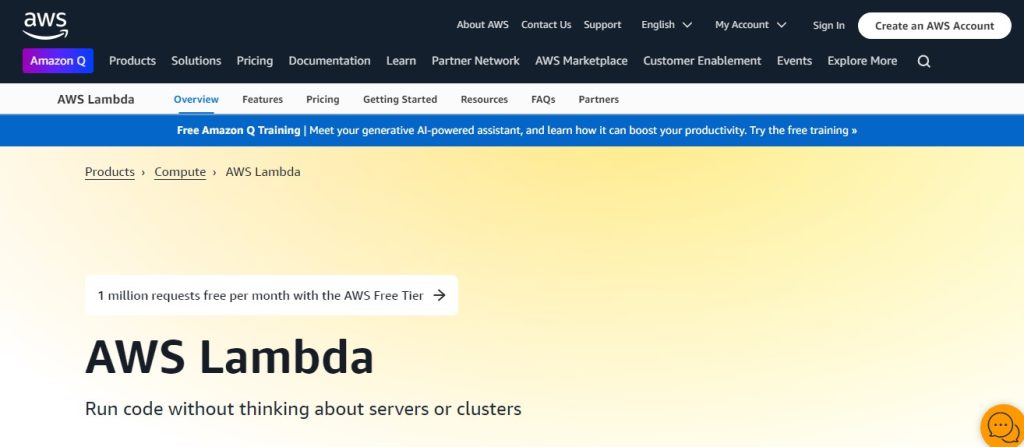
Amazon Web Services (AWS) Lambda runs a server less space. It lets you run code in response to HTTP requests, changes in Amazon S3 data, or events from other AWS services.
Azure Functions
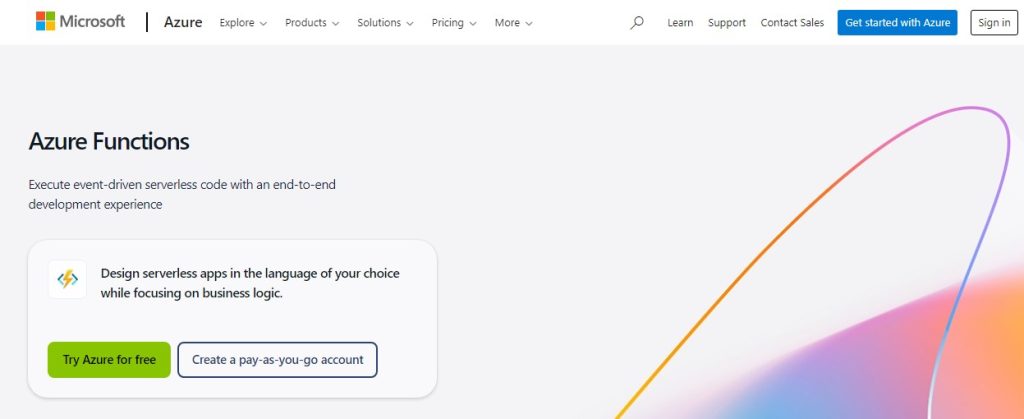
Azure Functions from Microsoft support many programming languages. They are designed for event-driven apps. They integrate seamlessly with Azure services, simplifying cloud-based development.
Google Cloud Functions
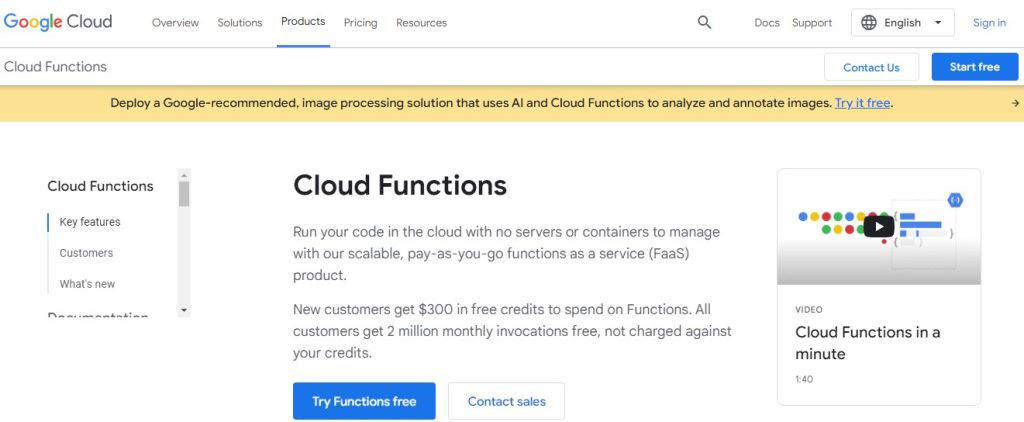
Google Cloud Functions enables code execution in response to HTTP(S) requests. It is designed to easily create focused and independent features.
IBM Cloud Functions
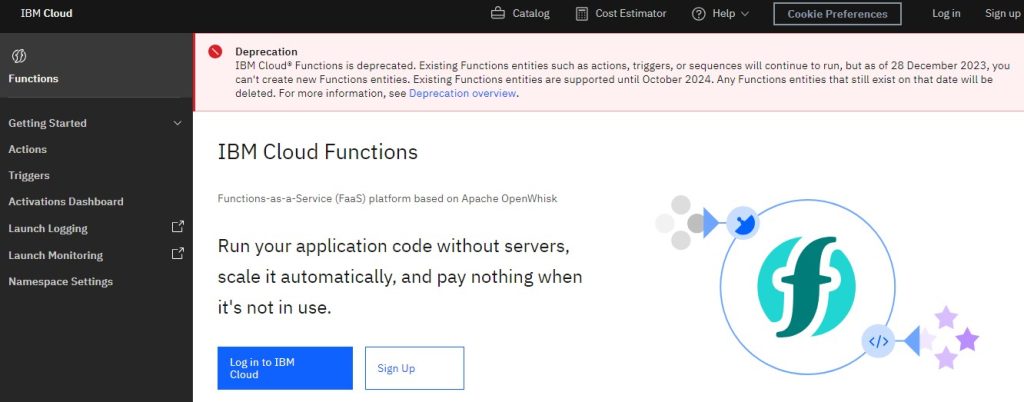
IBM Cloud Functions is based on Apache Open Whisk. It provides a strong and open server less platform. It allows you to develop, deploy and execute actions in response to various events.
The Future Impact of Serverless Technology
Serverless technology is rapidly changing industries due to its speed, cost-effectiveness, and scalability. If this becomes the norm, it will shape our future in the following ways:
Faster computing
It breaks down big code into smaller, scalable functions. This speeds up computing. Tasks that used to take longer can now be done in a fraction of the time.
Developer Empowerment
Serverless functions free developers from managing servers and infrastructure. They can then focus on building innovative apps. This change boosts creativity and increases productivity.
Enabling new opportunities
Startups benefit from serverless cost-effectiveness, scalability, and rapid adoption. This allows entrepreneurs to innovate. It lets them bring new ideas to market faster than ever before.
Integration with Edge Computing
Serverless technology connects the weak Edge Computing to the data of the cloud. This integration opens up new possibilities, using the strengths of both architectures.
Optimizing a serverless architecture is easy
Using serverless architecture has big benefits. It saves money and scales well. It also improves security. This is especially true for large organizations. For startups, it speeds up time to market. They can make rapid updates and iterative improvements based on user feedback. This improves customer satisfaction and retention.
However, moving to serverless requires more than just moving applications. This requires clear cost visibility to make informed architectural decisions and optimize effectively.
Utho provides a solution. It gives real-time visibility into cloud costs during migration. Our approach ensures cost predictability. It maps cloud costs to products, functions, and groups.
Schedule a demo today at Utho.com. Learn how Utho can help your organization move to server less computing.

